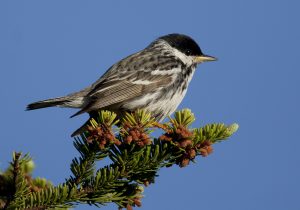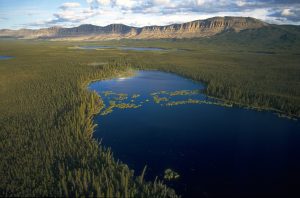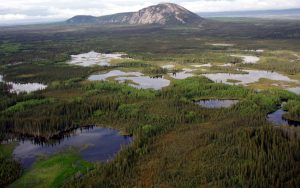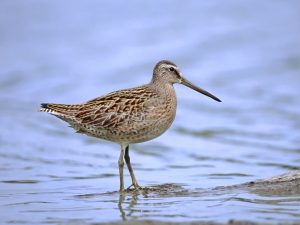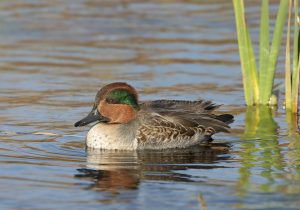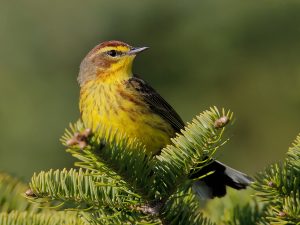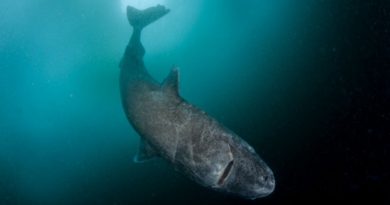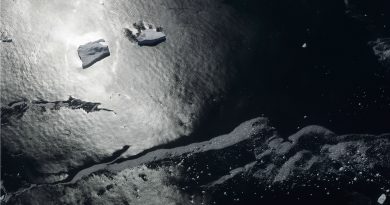Fighting to protect bird habitat in North America’s boreal forest
Billions of birds are returning from the South to North American’s boreal forests where they’ll be nesting this spring.
But many researchers are worried about threats to these birds’ habitats.
Everything from roads and railways to commercial forestry and energy projects is having an impact on the environment in the southern boreal forest.
And as mining projects increasingly establish in the North, this environmental foot print is growing.
Now, a recent report titled “Boreal Birds Need Half: Maintaining North America’s Bird Nursery and Why It Matters ” by Ducks Unlimited and the Boreal Songbird Initiative is calling for at least 50 per cent of the boreal forest to be protected from industrial development.
To find out more, Eye on the Arctic’s Eilís Quinn spoke with Jeff Wells, the Science and Policy Director at the Boreal Songbird Initiative:
“Modern conservation science is now telling us that if we really want to maintain a whole suite of conversation values including an abundance of diversity of wildlife, in this case birds, but also caribou, bears or other species and ecosystem services like clean water, clean air, carbon sequestration, you need to protect at least 50 per cent of large landscapes free from large-scale industrial development,” says Jeff Wells, the Science and Policy Director at the Boreal Songbird Initiative. “So that’s one of our key recommendations,”
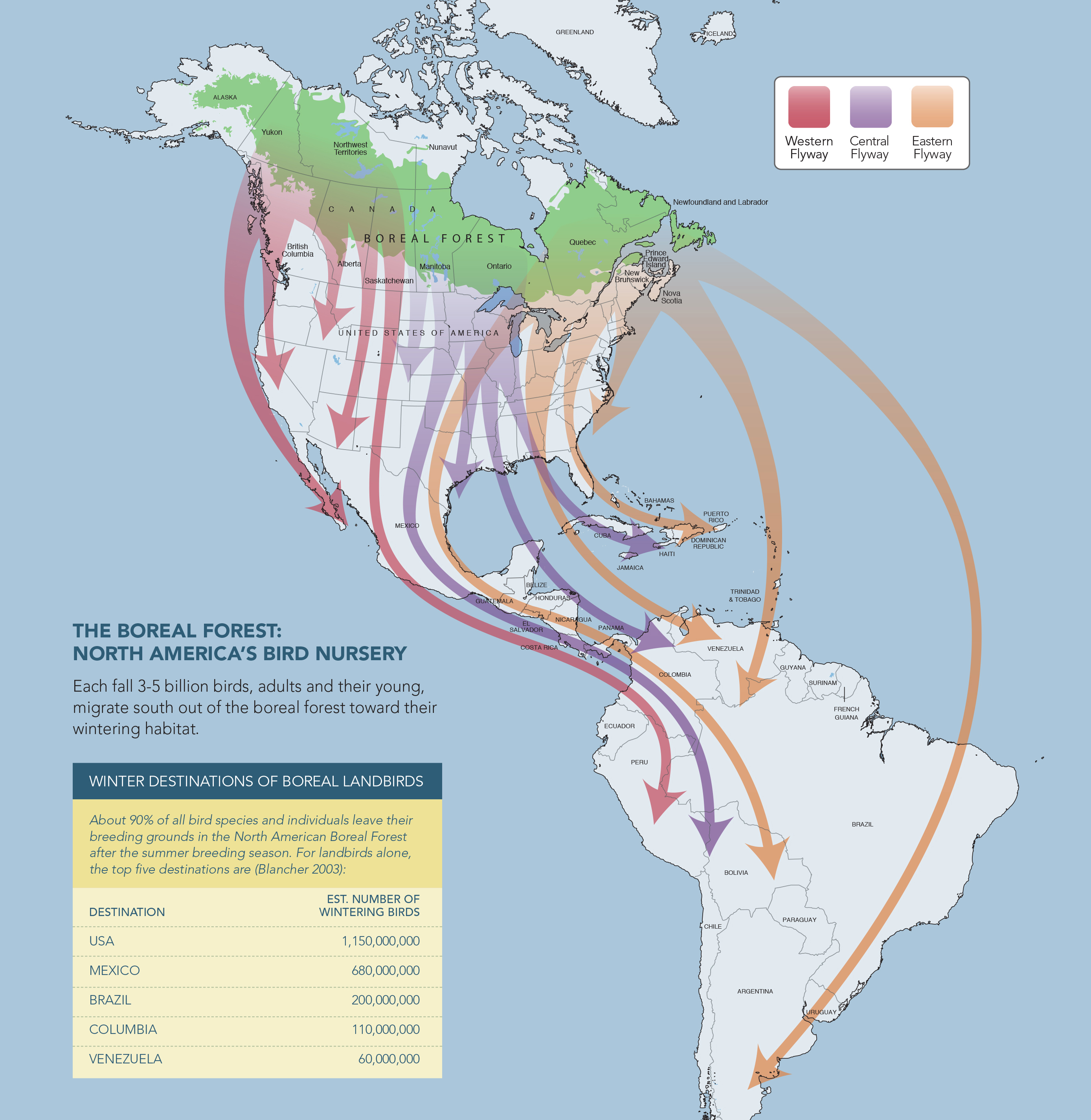
Declining bird populations
The Canada warbler and the Olive-sided Flycatcher are two bird species that are on Canada’s threatened list. Their populations have declined by at least 70 per cent over the last 30-40 years. While may reasons play into the declining bird populations, in many cases, human activity is playing an ever increasing role.
“Probably the industrial footprint in the southern boreal and the effects of climate change in the more northern reaches of the boreal are the two biggest factors right now that are affecting birds,” Wells says.
Other recommendations in the report include using sustainable practises in areas already open to industrial development and having local Inuit and First Nations communities give informed consent to activity going on in their lands.
“We really think there’s a strong movement forward towards understanding and embracing these goals,” Wells said. “I think it’s just a matter of time and education as more leaders and more of the public understand what is necessary to maintain a resource that all of us have come to expect will always be there. ”
Write to Eilís Quinn at eilis.quinn(at)cbc.ca
Related stories from around the Arctic:
Canada: Flame retardants found in Arctic gulls, Eye on the Arctic
Finland: Birds ‘tune up’ in Finland as daylight hours get longer, Yle News
Sweden: Swedish Coast Guard seeks answers on injured birds, Radio Sweden
United States: Alaska – Biologists seek help to solve mystery of disappearing rusty blackbirds, Alaska Dispatch

